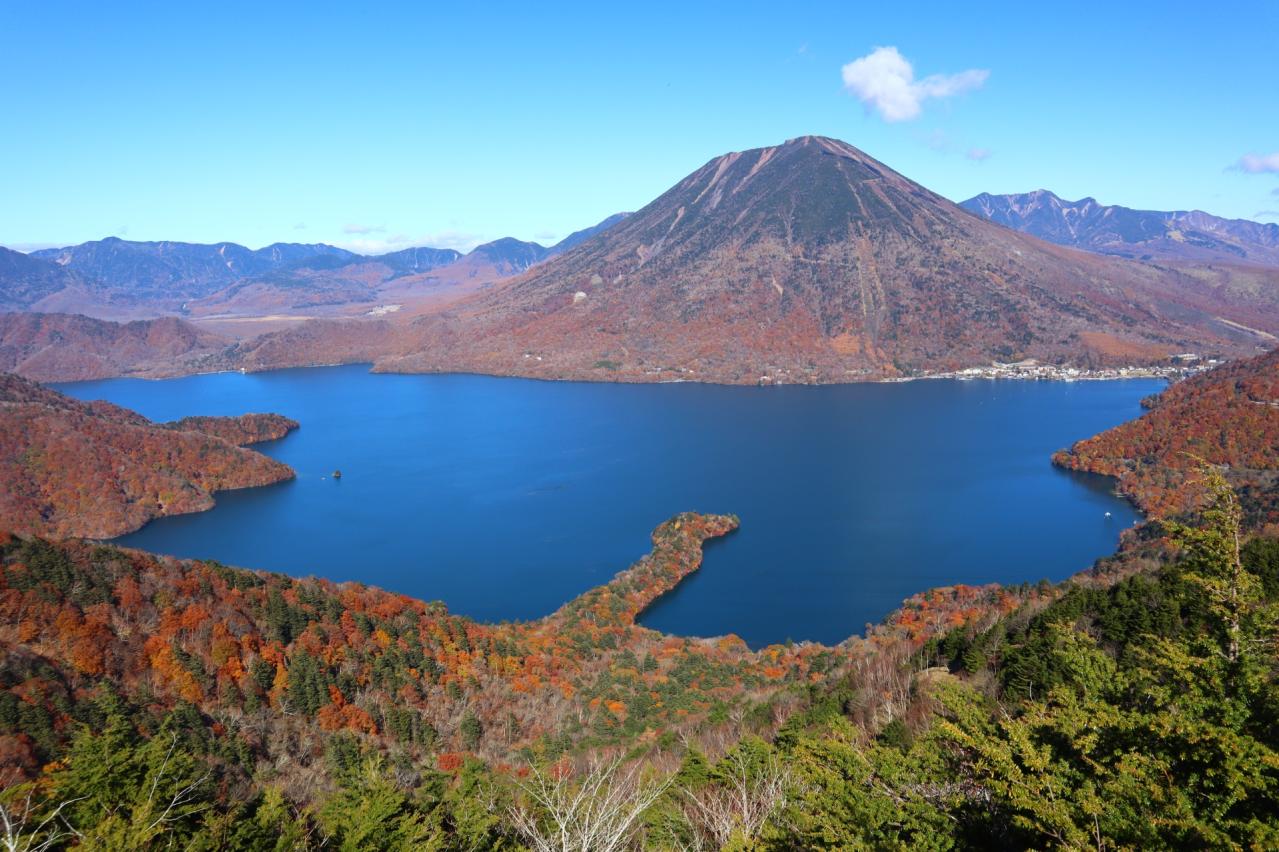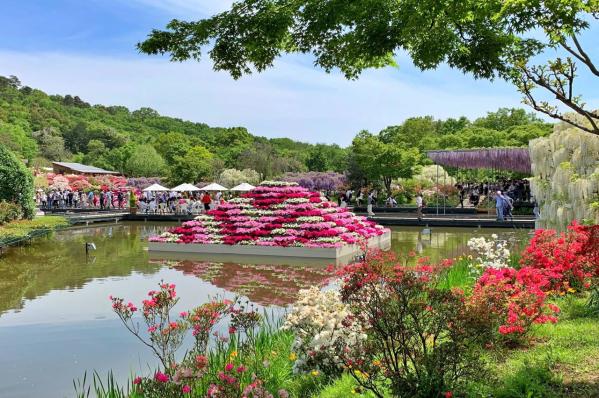
Lake Chuzenji
Along the lakeside, you can find attractions such as the Nikko Futarasan Shrine's Chugushi Shrine, Nikkozan Chuzenji Temple (Ryuokannon), and Chuzenji Onsen, making it a popular tourist destination. Enjoy a 55-minute cruise on the sightseeing boat, with special routes available during the autumn foliage season. The views from the boat offer a different perspective and a unique beauty compared to those from the land.
The lake also offers various boats for enjoyment, from pedal boats to high-speed motor boats. June is a particularly spectacular time to visit, as the beautiful flower "Kurinso" blooms along the lakeshore. This lake has been selected as one of Japan's 100 Scenic Spots, known for its stunning beauty. It is also possible to use a round-trip free pass to explore many of the lakeside attractions.
Basic Information
- Spot Name
- Lake Chuzenji
- Location
- 〒321-1661 Chugushi, Nikko City, Tochigi Prefecture, Japan
- Access
- From JR Nikko Station or Tobu Nikko Station, take the Tobu Bus bound for Chuzenji Onsen or Yumoto Onsen for about 45 minutes. Get off at "Chuzenji Onsen" and walk for approximately 5 minutes.
- Parking
- No parking available.
- Business Hours
- Free to roam
- Contact Information
- Phone Number:0288-22-1525 (日光市観光協会)
- Official Website
Map
Detailed Information
Lake Chūzenji is one of Japan's highest lakes, located in Nikkō City at an elevation of 1,269 meters. It was formed about 20,000 years ago due to a volcanic eruption of Mount Nantai, which blocked the valley with lava, creating a dammed lake. The lake ranks as the 25th largest in Japan in terms of area and reaches a maximum depth of 163 meters.
Surrounding the lake is a circumference of approximately 25 kilometers, with Mount Nantai to the north and the Senjōgahara wetlands to the northwest. Particularly stunning are the landscapes of azaleas in early summer and foliage in autumn, making the view from the sightseeing boats highly recommended. Along the lakeshore, you can find the Nikkō Futarasan Shrine Chūkyō Shrine, Nikkōzan Chūzenji Temple (also known as Tachiki Kannon), and Chūzenji Onsen, all contributing to its popularity as a tourist destination selected as one of Japan's scenic beauties, bustling with visitors throughout the year.
Lake Chūzenji was once discovered by the monk Kachūdō Shōnin, who recognized it as a place for spiritual training rooted in faith in gods and Buddhas. On Ueno Island, the only island in the lake, a portion of Kachūdō Shōnin's remains is enshrined. Ritual events continue to be held today based on ancient traditions of Chūzenji, revolving around the sacred sites on the lake.
During the Meiji to early Showa period, it became a popular summer retreat for foreigners, with embassies from European and American countries establishing villas there. It is also a popular fishing ground, where fish stocking and cultivation have been conducted since the Meiji era. The lake is home to 24 species of fish, including the hime-masu and hon masu, with catches using fishing nets becoming local specialties and important tourism resources. It is the only place in Japan where lake trout breed, making it a target for sports fishing.
The charm of Lake Chūzenji lies in its rich natural beauty, its history, and its mystical role as a place of faith. It is a valuable spot where visitors can enjoy seasonal landscapes and experience history and culture.
Lake Chuzenji Movies
Tochigi Tourist Attractions
View ListNikko Toshogu Shrine
Nikkō Tōshōgū is a UNESCO World Heritage Site that represents Japan, built in the early 17th century to enshrine Tokugawa Ieyasu. This shrine was registered as a Wor...
Nasu Highland Park
Nasu Highland Park is one of the largest amusement parks in the Kanto region, offering fun for both children and adults. The park features a variety of attractions, ...
Kegon Falls
There are 48 waterfalls scattered around Nikko, with Kegon Falls being the most famous among them. This magnificent waterfall, where the waters of Lake Chuzenji plun...
Ashikaga Flower Park
Ashikaga Flower Park is a paradise of flowers and lights that has won first place in the national illumination event category. Throughout the park, flowers bloom in ...
EDO WONDERLAND
EDO WONDERLAND Nikko Edo Village is a cultural park where you can experience the culture of the Edo period firsthand. The expansive grounds feature meticulously recr...
Tobu World Square
Tobu World Square is a theme park with the theme of "Preserving World Heritage and Architectural Culture," featuring meticulously recreated replicas of famous sites ...
Nasu Flower World
Nasu Flower World is a vast flower park located in the Nasu Highlands. The colorful flower fields resemble a painting and are cherished as the geoglyph of Nasu Hana ...





























